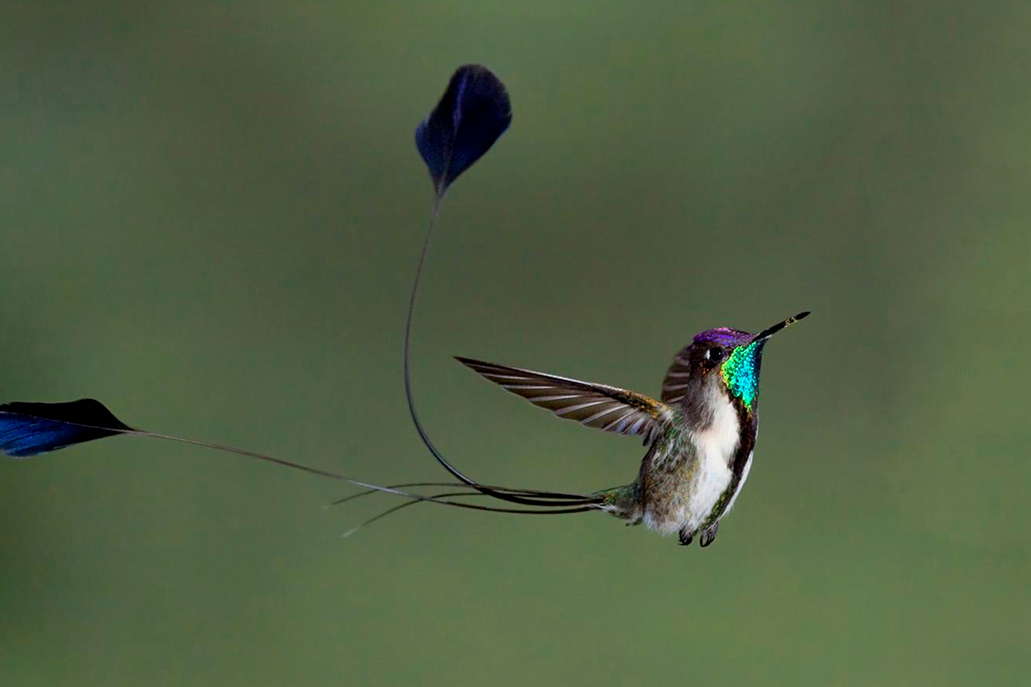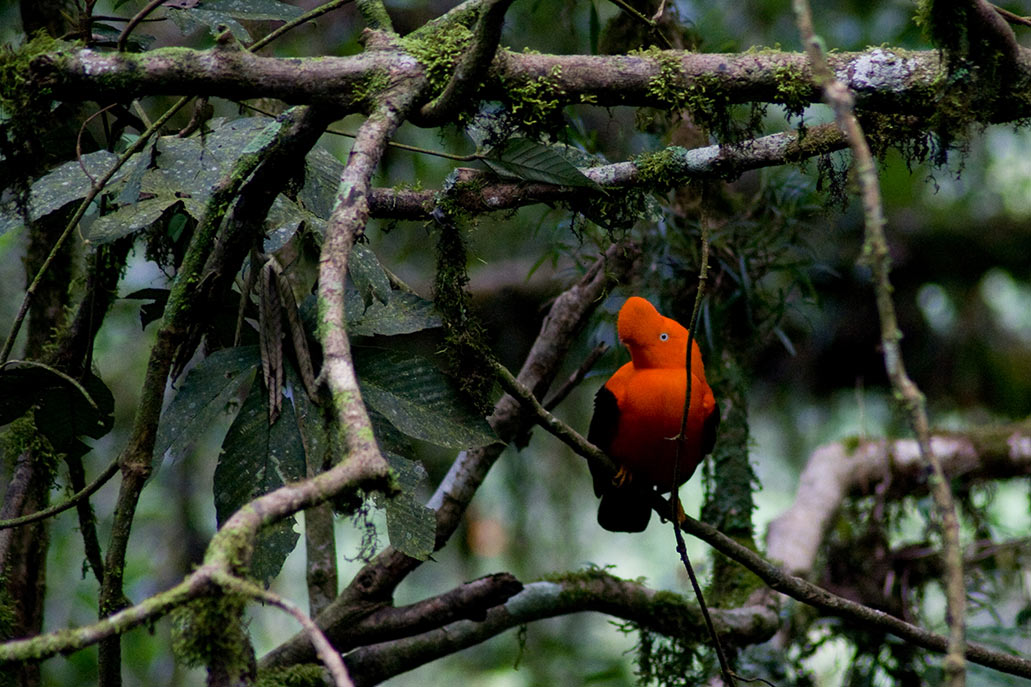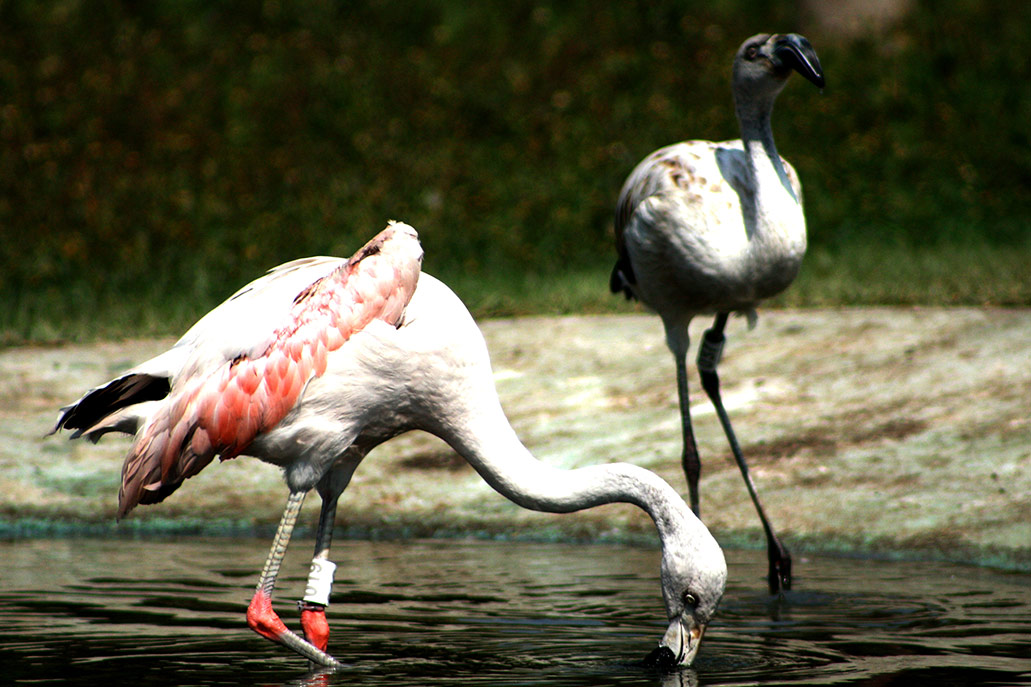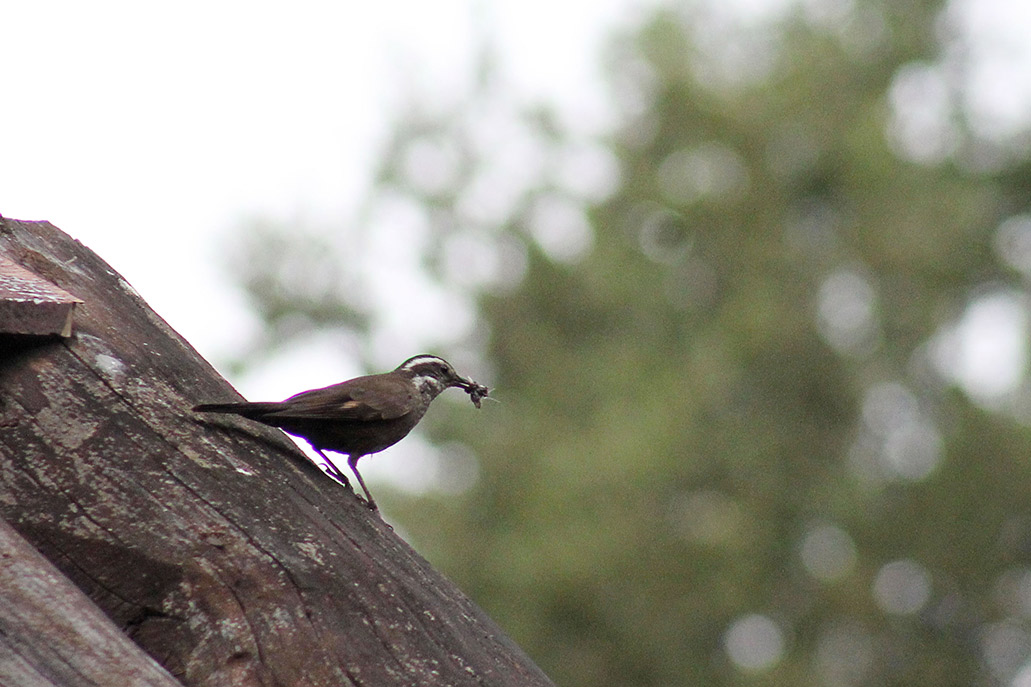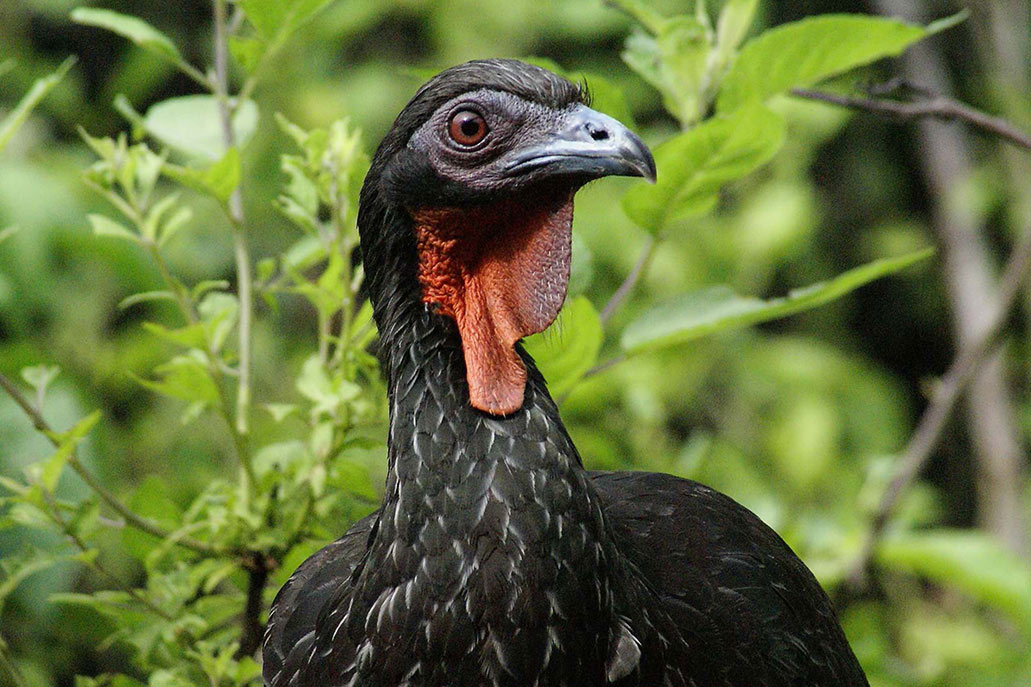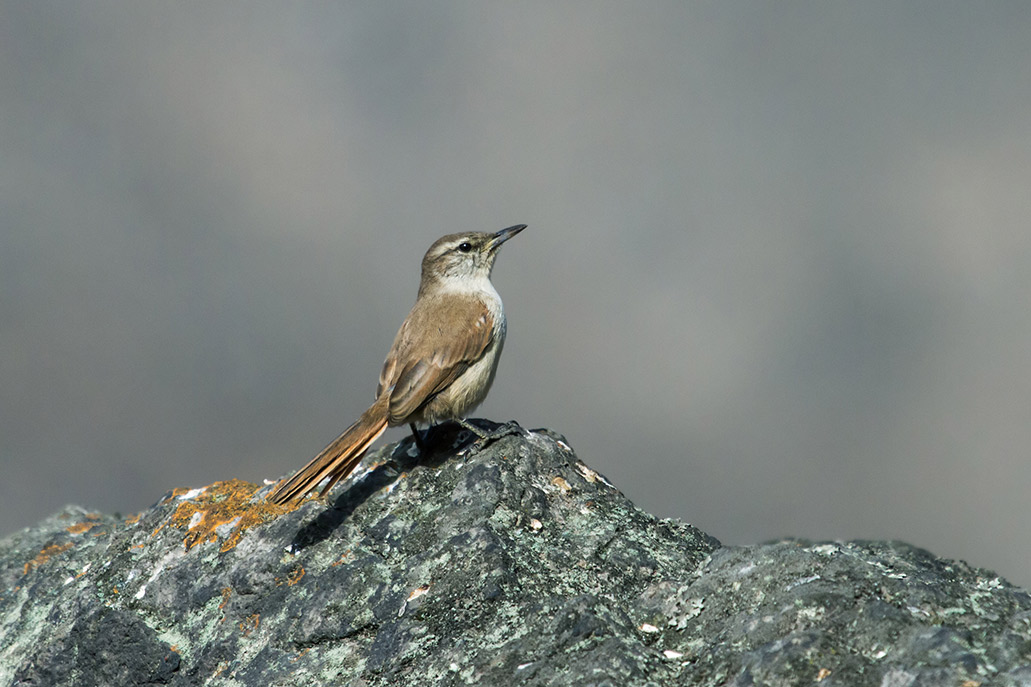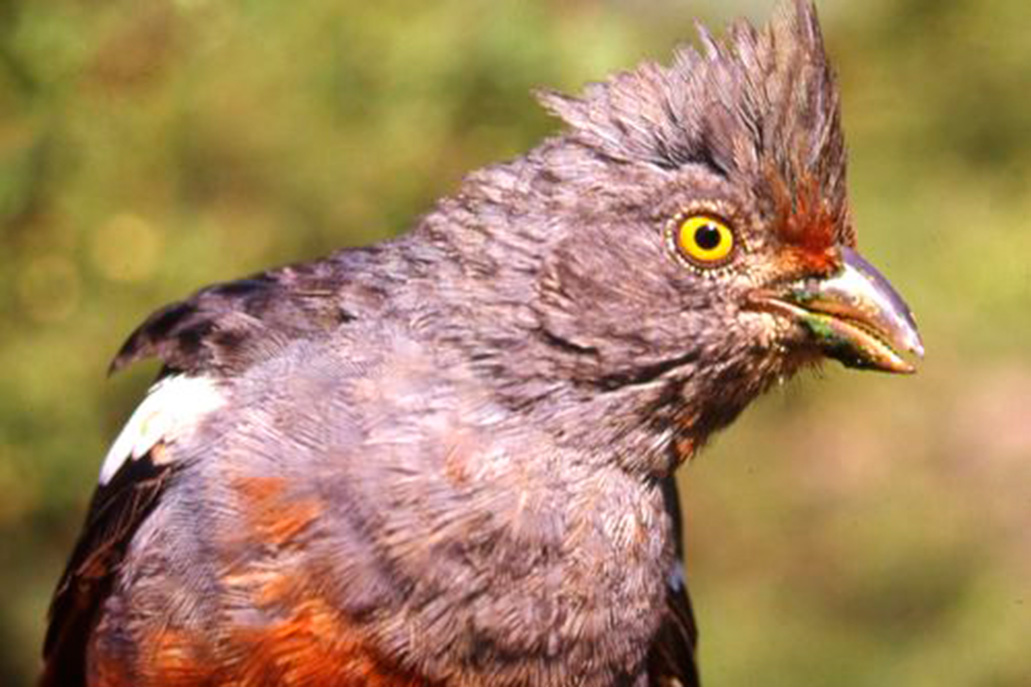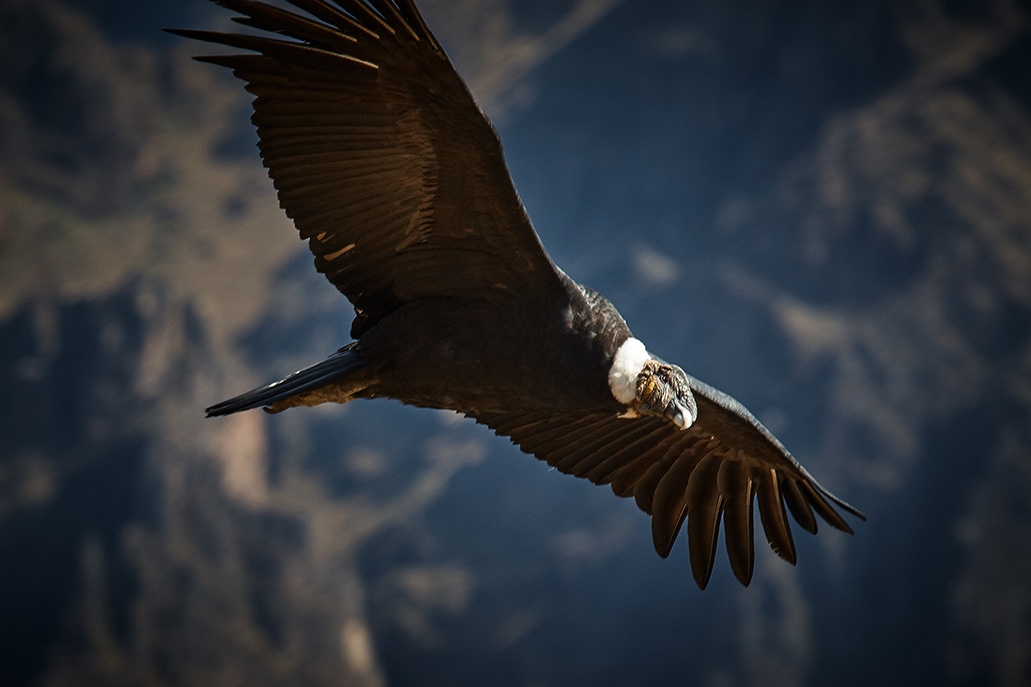The 8 most representative birds of Peru
The vast and diverse geography of Peru is a paradise for birds. There are more than 1,800 species in the Peruvian territory, of which it is estimated that 106 species are endemic. That is, this number can only be identified in the country. What’s more, in November 2022 Peru won second place by managing to observe 1,169 species. Bird watching can be done in regions of the coast, mountains and, above all, the jungle. Know which are the most representative Peruvian birds.
Content
The birds of Peru. Peru is the country in the world with the greatest diversity of bird species, only after Colombia. 1879 species have been recorded. Of these, 139 birds are endemic, that is, they are only found in Peru. In addition, there are 91 species that are threatened with the possibility of becoming extinct. In total, it is estimated that Peru has 20% of the total number of birds on the planet (62% of birds in South America). There is still research to discover new bird species in Peru.
The cock of the rocks
The Rupicola peruvianus is one of the most representative birds of Peru. It inhabits the high and mountainous jungles of the South American continent. It stands out for the beauty of its plumage of red and black tones in machis while the females have a very opaque color. It also inhabits the tropical geographies of Colombia, Venezuela and Ecuador. It can reach a size of 32 centimeters.
The cock of the rock is one of the most difficult species to observe, since they inhabit rocky caverns. It also stands out for its slight crest and its short but resistant legs. Their main food is the fruit that grows on the leafy trees. Its main predator will be the eagle and the hawk. It is present in the flags of various districts and provinces of Peru.
- Where can I appreciate it? In the Historic Sanctuary of Machu Picchu, an area of up to 35 thousand hectares.
- More information The Incas called the cock of the rocks ‘Tunqui’. Because of its beauty it was considered an important bird. Their feathers were chosen to adorn the most beautiful textiles, crowns and masks.
The parihuana
The Phoenicoparrus andinus is also known as the Andean flamingo, the large parina or simply the parihuana. It is famous for being part of the story of the Peruvian writer Abraham Valdelomar. According to the story, while the liberator Don José de San Martín rested lying under a palm tree, he saw some parihuanas fly over, whose plumage inspired him to create the flag of Peru.
The main characteristic of the parihuana is its white plumage with wings of red and pink tones. It has a size of 1.1 meters in height and up to 1 meter in wingspan with outstretched wings. Its tail has a black color. His chest a purple hue. The bill is black and its legs yellow. It is a migratory bird that inhabits the cold Andean lagoons and coastal wetlands. It inhabits mainly the Andean regions of Peru, Bolivia, Chile and Argentina.
- Where can I appreciate it? In the Paracas National Reserve (Ica), in the Lagunas de Mejía National Sanctuary (Arequipa), in the Los Pantanos de Villa Wildlife Refuge (Lima) and more.
- More information The best time of the year to appreciate parihuanas is from March to October. The perfect places to appreciate them are: the Paracas National Reserve in Ica and the Salinas y Aguada Blanca National Reserve in Arequipa.
The churrete real
The Cinclodes aricomae is a representative bird not only in Peru but also in the forests of the Bolivian Andes Mountains (at an altitude that varies from 3,500 to 4,800 masl). It has a size of only 20 centimeters and 50 grams of weight. It has plumage that is chocolate brown on the upper part and darker around the eyes. It feeds mainly on fruits and branches. It has a ‘critical extinction’ conservation status. It is estimated that its population amounts to only five to two hundred and fifty in a mature state.
The royal churrete can be appreciated during the great adventure of the 4-day Camino to Machu Picchu and throughout the so-called Historic Sanctuary of Machupicchu. Its hunting and commercialization are prohibited and punished with prison sentences. It belongs to the Fumariidae family. It can also be seen on the Salkantay trek or the Lares trek. You dare?
- Where can I appreciate it? On the Inca Trail to Machu Picchu.
- More information: The royal churrete inhabits the humid forests of Machu Picchu. However, due to the few specimens in Peru, it is difficult to appreciate them.
The white-winged guan
The Penelope albipennis or white-winged guan is one of the most beautiful birds in Peru. It belongs to the Galliformes family. It mainly inhabits the dry forests of the Piura, Lambayeque and Cajamarca regions. She has a slender figure with an average height of 85 centimeters and a weight of 1.6 kilos. It is characterized by its black plumage, long tail, pink legs, red flesh on the throat and, above all, by its white wings.
The white-winged guan feeds on flowers, seeds, fruits and leaves of shrubs. Both the male and the female have similar characteristics in their physical appearance. They lay one to three eggs a year (incubation takes 30 days). Within a few hours their chicks have the ability to jump, walk and even feed themselves. Its main threats are illegal hunting and the destruction of its natural habitat.
- Where can I appreciate it? Only in Peru, in the dry forest regions of Piura, Lambayeque and Cajamarca.
- More information: In 1977, a species of white-winged guan was found in the Piura region after a hundred years of disappearance. Since then, efforts have been made to preserve it with greater care.
Spatula tailed hummingbird
The spatula-tailed hummingbird (Loddigesia mirabilis) has such a particular physiognomy and color that it is also called ‘the most beautiful bird in the world’. It is endemic in Peru. It inhabits the tropical forests of the north of the country, especially the forests of the upper Utcubamba valley (Amazonas department). Its main characteristic is its tail with beautiful plumage (with up to four points) that can change color. It measures 15 centimeters and has a weight of 40 to 70 grams.
The body of the spatula-tailed hummingbird, like other hummingbirds, varies in color from the angle from which it is viewed. It feeds on the nectar of flowers, as well as insects and even spiders. He is in a dangerous situation. Its main threats are hunting and the deterioration of its natural habitat.
- Where can I appreciate it? In the upper valley of Utcubamba, in the province of Luya and Chachapoyas, in the department of Amazonas (northern Peru).
- More information: The spatula-tailed hummingbird was first described by collector Andrew Matthews in 1853.
The cactus basket
The cactus canastero (Pseudasthenes cactorum) is a passerine bird that inhabits the western Andean coasts from the regions of La Libertad to Arequipa, including Lima. It is also called ‘Canastero de los cardones’. It is characterized by its gray crown and back. It has a white throat with a yellow line. The tail is dark with some rufous feathers. It measures approximately fifteen centimeters.
Despite its beauty and being a representative endemic bird of Peru, there are still few studies on the cactus canastero. It is known to nest in cacti and to feed on caterpillars, insects and even the fruits of cacti. Its conservation status is of least concern. It can be seen all over the coast. In Lima, for example, in the hills and humid geographies.
- Where can I appreciate it? Throughout the Peruvian coast, from the La Libertad region to Arequipa. In Lima it can be seen in the Lachay National Reserve.
- More information: The song of the cactus canastero is a fast trill that ends in a kind of rattle.
Peruvian branchcutter
The Peruvian branchcutter (Phytotoma raimondii), also called the Peruvian plantcutter, is an endemic bird of the Peru family Cotingidae. Its habitat is the dry forests of the north and central coast (Tumbes, Piura, Lambayeque, La Libertad, Áncash and Lima). It is estimated that its population does not exceed a thousand specimens. Many of them live in the Metropolitan Lima region.
The Peruvian branchcutter measures 18.5 centimeters on average. It has a short beak, but with a rounded tip. It has a crest that bristles at any threat. It has an ash gray coloration with reddish and white tones. Their diet is based on leaves and fruits. Its conservation status is ‘threatened’. Its main threats, like most endemic birds of Peru, is the destruction of its natural habitat.
- Where can I appreciate it? In the dry forests of the northern and central coast of Peru. In Lima, for example, it can be seen in the bushes of El Gramadal in Huarmey (small north of Lima).
- More information: The Peruvian branchcutter breeds from January to April. They usually hatch two or three eggs. In northern Peru, they usually nest in the high tops of carob trees.
Andean condor
The Vultur Gryphus or Andean condor is the most representative bird of many South American countries. It is the largest non-marine flying bird in the world. With extended wings it can reach 1.42 meters in height and 3.30 meters in wingspan. Its natural habitat is the Andes Mountains in South America. Carrion is their main food. In Peru it can be seen in the Colca Canyon, Arequipa and throughout the Andes Mountains.
Its main characteristics are the black wings with certain white feathers. Its white feathers around the neck are striking. The male is larger than the female. It has a reddish crest in the area of the forehead. It stands out for its great sense of vision and smell, which allows it to spot carrion from a long distance. They can fly over altitudes of up to 6,000 meters above sea level.
- Where can I appreciate it? In the Andes Mountains, such as in the Colca Canyon in Arequipa.
- More information: The condor was a sacred bird according to the Inca worldview. It had the function of communicating the earthly bird (Kay pacha) with the heavenly world (Hanan pacha).
By Machupicchu Terra – Last updated, August 28, 2023
